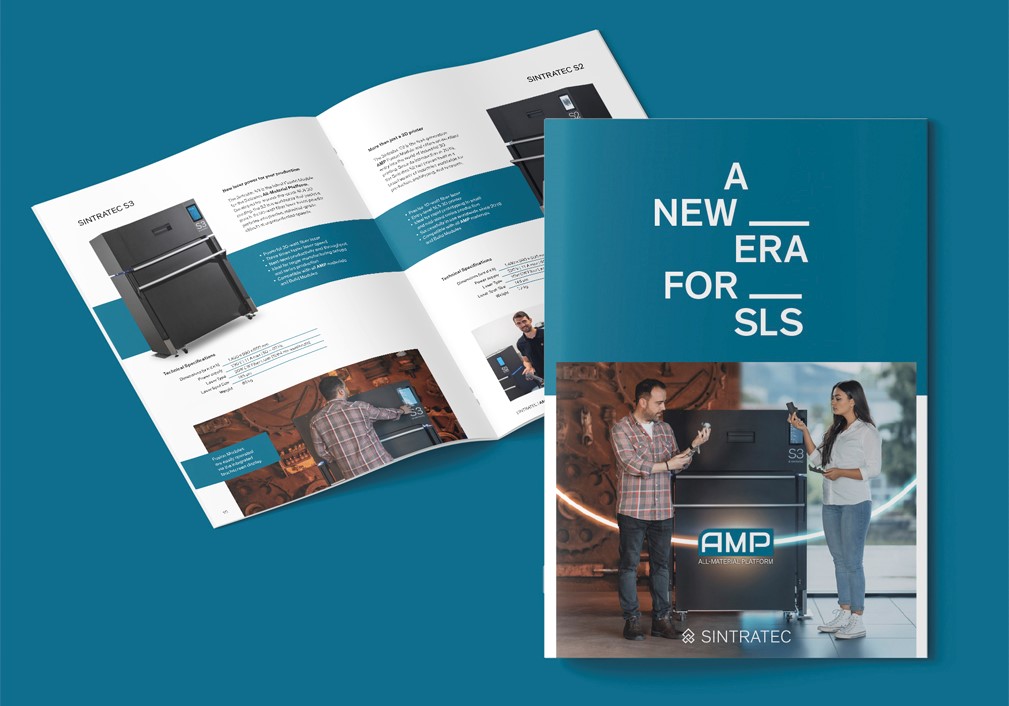Leading the Charge with Selective Laser Sintering
A global player from France
Grenoble, at the foot of the French alps. The valley between snow-capped mountains is home to a site of the Schneider Electric Group. The Fortune 500 company with more than 160’000 employees worldwide is one of the largest players in the energy management and automation sector. At its Grenoble branch, new products for the electrical industry, such as circuit breakers for low to high voltage, are developed and produced – with the help of modern AM technologies.
3D printing as a driving force
Similar material properties with SLS
Through collaboration with the French company KREOS, the Sintratec S2 became the latest addition to Schneider Electric’s 3D printing portfolio. Brandon Alves now employs the industrial SLS system on a regular basis to produce prototypes and final pieces, such as wear parts or components for specialized in-house machinery. «We use SLS for these types of parts because our material for mass production is PA6, which is very close to the PA12 powder that we currently process», Brandon points out. According to the prototyping technician, its high precision makes SLS well suited for many applications in the electrical field.
Developing advanced housings
New production capabilities
«I see the biggest advantage of SLS in the homogeneity of the parts», Brandon says. «We don’t see any layering effects or fragilities along the axis which makes it a very interesting technology for us.» Another benefit: SLS is also suitable for small series production, especially in combination with the Sintratec Nesting Solution – a software function for dense parts stacking. Given the growing demand for larger quantities of high-quality plastic components at Schneider Electric, the Swiss SLS system has proven to be the right choice: «The Sintratec S2 meets our requirements, and we will use it more and more in our projects», Brandon concludes.
“The Sintratec S2 meets our requirements and helps us in speeding up our product development and research.”
Brandon Alves
Prototyping Technician
Schneider Electric SE




